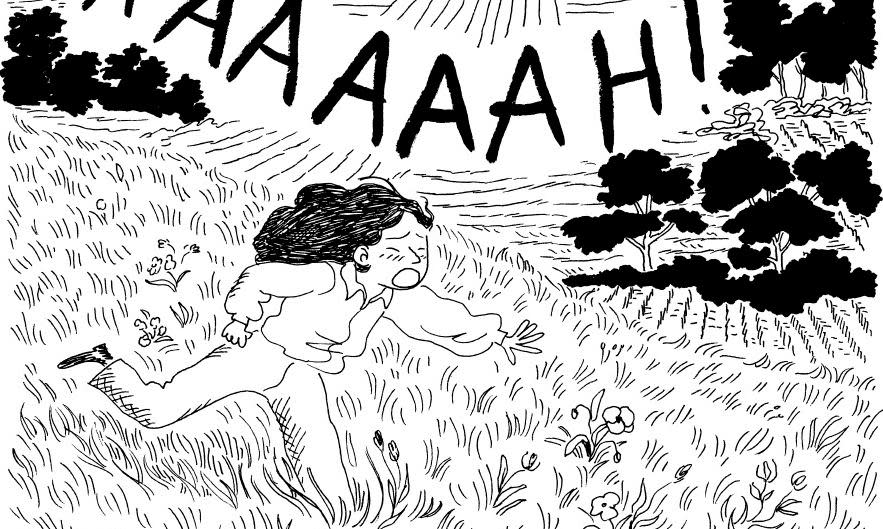George Sand: True Genius, True Woman review – a pleasure and an education

This delightful graphic biography of the writer George Sand originally came out in French in 2021 – and now I’ve read it, I understand completely why SelfMadeHero has finally published an edition in English (the translation is by Edward Gauvin). Deftly written by Séverine Vidal, and wittily illustrated in black and white by Kim Consigny, it’s both a pleasure and an education: until now, Sand has always been a bit of a blind spot for me, a figure whose name is only familiar at all thanks to her appearances in books by other people (in Virginia Woolf’s A Room of One’s Own she sits alongside Charlotte Brontë and George Eliot as an example of a woman who had “to veil” herself by using a male pseudonym).
Vidal’s account of her life is strictly chronological, taking the reader from Sand’s childhood in the countryside – born Amantine Lucile Aurore Dupin, she was known as Aurore – where she was brought up by her grandmother, to her death in 1876 at the age of 71 (she ended her days in the village of Nohant, in the middle of France, having inherited her grand-mère’s house there three decades before). Along the way, there is an early marriage, which brings her the two children she’ll later have to fight for – somehow, Sand goes on to secure for herself a legal separation – and numerous love affairs, most famously with the actress Marie Dorval and the composer Frédéric Chopin. How she manages to settle to work in the midst of such a hectic sex life isn’t always clear to the reader, but Vidal begins each chapter with a well-chosen extract from Sand’s books, and thanks to this, the reader never forgets that her rather replete romantic life is not only another aspect of her free-thinking but even, perhaps, of her creativity. As she notes in Story of My Life: The Autobiography of George Sand: “I realised that I wrote quickly, easily, lengthily, tirelessly… I knew human nature well enough to depict it.”
I like the careful way Sand’s cross-dressing is depicted, a mode she slips into mostly as a means of securing anonymity; a passport to other realms; a way of ensuring she’s listened to (it is, in other words, a physical manifestation of her pseudonym). In other, clunkier hands, this could have been made into something it is not, but Vidal is determinedly historical. Sand’s britches and boots are more practical and more flexible than the “ludicrous crinolines and tiny little high-heeled shoes” of which she’s thoroughly sick, and Vidal and Consigny have a lot of fun with this. “Why, I ought to challenge him to a duel!” Sand announces of a critic who has decried her novel Lélia as so unsavoury as to be an infection risk for the reader (the implication is that its author is little more than a prostitute). Released from her whalebone corsets, a slim cigar between her lips, our heroine is able publicly to tease men for their pieties and pomposities. If this is an impersonation, it is not of a man, but of the woman she wants to be, and will very shortly become.
George Sand: True Genius, True Woman by Séverine Vidal and Kim Consigny (translated by Edward Gauvin) is published by SelfMadeHero (£18.99). To support the Guardian and Observer order your copy at guardianbookshop.com. Delivery charges may apply


